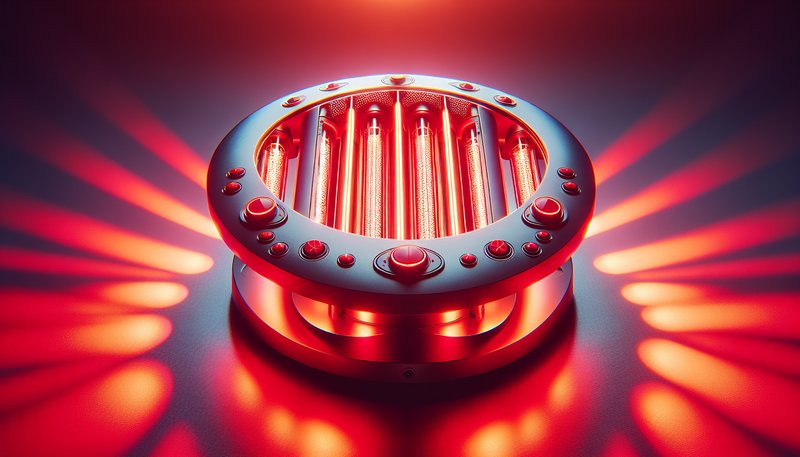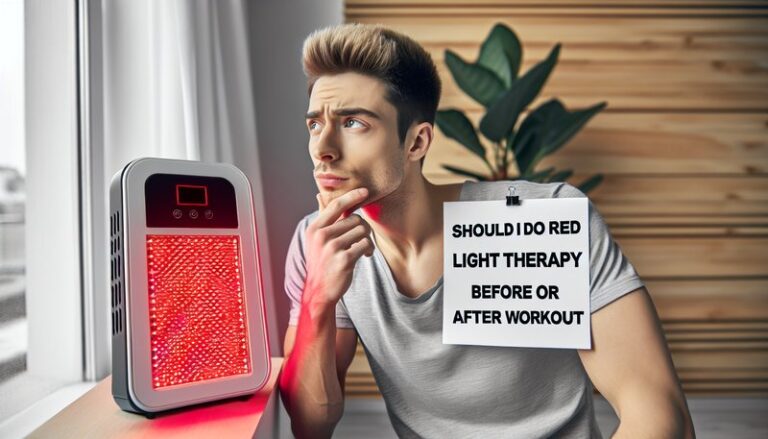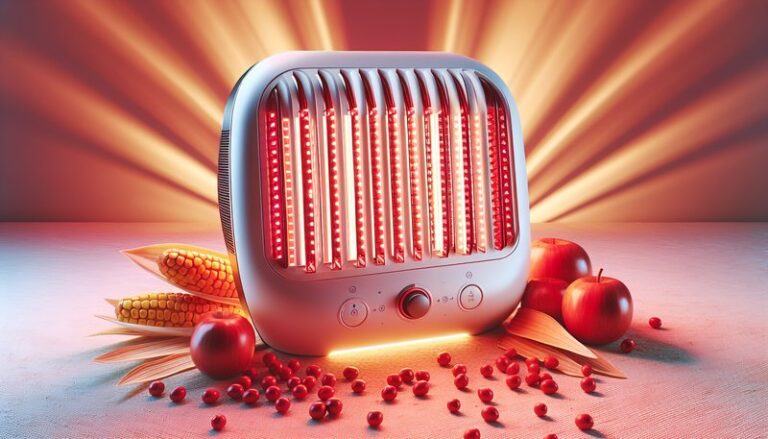How Much Red Light Therapy Is Too Much?
How Much Red Light Therapy Is Too Much?
Have you ever wondered how much red light therapy is beneficial before it becomes excessive?
This article explores the concept of red light therapy, discussing its potential benefits, risks, and how to determine the right amount for safe and effective use. You’ll find essential guidelines, things to consider before starting treatment, and answers to frequently asked questions.
Key Takeaways
- Red light therapy can offer numerous health benefits, but understanding optimal exposure is crucial.
- Overuse can lead to diminishing returns or adverse effects, emphasizing the need for moderation.
- Consulting a healthcare professional before beginning treatment can ensure safe practices tailored to individual needs.
What is Red Light Therapy?
Red light therapy (RLT) is a non-invasive treatment that uses low-level wavelengths of red light to stimulate healing and rejuvenation in living tissue. This therapy is often used for skin conditions, pain management, and even enhancing athletic performance.
To understand RLT better, it’s vital to recognize its components:
Mechanism of Action: Red light penetrates the skin and is absorbed by the mitochondria in cells, leading to increased ATP production. Higher ATP production means more energy available for cell repair and regeneration.
Applications: RLT is employed in various fields, from dermatology to sports medicine, helping treat acne, reduce inflammation, and accelerate recovery from injuries.
Devices Used: RLT can be administered through different devices, including LED panels, handheld devices, and full-body light beds, making it accessible at home or in professional settings.
What are the Benefits of Red Light Therapy?
Red light therapy offers a wide range of health benefits, which can significantly enhance both physical and mental well-being.
Skin Health Improvement
RLT can help reduce the appearance of fine lines, wrinkles, and scars by promoting collagen production and improving skin texture. Studies have shown that regular use can lead to long-lasting skin rejuvenation.
Pain Relief and Reduced Inflammation
Many athletes use RLT to manage pain and inflammation associated with injuries and muscle soreness. Research indicates that RLT can expedite healing times and improve recovery.
Enhanced Mood and Sleep Quality
Some users report better sleep patterns and improved mood due to the positive effects of RLT on serotonin levels. This can be particularly beneficial for those dealing with seasonal affective disorder (SAD) or generalized mood fluctuations.
Boosted Immune Function
Emerging research suggests that RLT may enhance immune function by promoting increased circulation and stimulating immune cells, thereby improving overall health resilience.
Is it Possible to Overdo Red Light Therapy?
Yes, it is possible to overdo red light therapy, leading to reduced efficacy or even negative effects. While RLT generally is considered safe, understanding its potential limits is crucial for safe and effective use.
What are the Advantages of Moderation?
Utilizing RLT in moderation helps maximize its benefits while minimizing risks. Gradual use allows your body to adjust and respond effectively to treatments without overwhelming its natural processes.
What are the Disadvantages of Excessive Use?
Excessive exposure can lead to skin irritation, increased sensitivity, and even a temporary increase in inflammation. Monitoring your skin’s response is essential to avoid these unwanted effects.
What are the Things to Consider Before Using Red Light Therapy?
Before starting RLT, consider the following important factors:
Skin Sensitivity
If you have sensitive skin or conditions such as rosacea, consult with a healthcare provider. Individuals may react differently to red light exposure, making it vital to tailor treatments.
Duration and Frequency of Treatments
Begin with shorter sessions (around 10-15 minutes) and gradually increase the duration and frequency based on your body’s response. Finding the optimal amount of exposure is unique to each individual.
Device Quality
Using high-quality devices certified for safety and effectiveness is crucial. Research various brands and models to ensure you’re obtaining the best possible care.
What are the Alternatives to Red Light Therapy?
For those seeking similar benefits through different means, consider these alternatives:
Laser Therapy
Unlike RLT, laser therapy uses specific light wavelengths for skin rejuvenation and pain relief, often yielding more concentrated effects.
Topical Treatments
Creams or serums containing retinoids, hyaluronic acid, and peptides can stimulate collagen production and improve skin appearance without light therapy.
Physical Therapies
Methods like massage, acupuncture, or chiropractic care can help with pain relief and recovery, providing beneficial physical manipulation of tissues.
Conclusion: Is it Recommended to Overdo Red Light Therapy?
In conclusion, while red light therapy can provide significant health benefits, moderation is key. Overexposure may lead to potential drawbacks, underscoring the importance of understanding your individual needs and responses. Consulting with a healthcare professional can help you establish a safe and effective treatment plan that maximizes the benefits of RLT.
Frequently Asked Questions
How often should I use red light therapy?
For most people, sessions can range from 2-5 times a week. Start with lower frequency and increase based on your body’s responses.
Can I use red light therapy every day?
Yes, but moderation is essential. Daily use may be appropriate for some, but it’s crucial to monitor skin response and any side effects.
Are there any side effects of red light therapy?
Minimal side effects may include skin irritation or sensitivity. If these occur, reduce frequency and duration of sessions or consult a healthcare professional.
Read all about it Can Red Light Therapy Aid Sciatica?
What should I wear during red light therapy?
It’s recommended to expose the area being treated to the light. Wear appropriate clothing that allows for exposure, but protect sensitive areas from excessive light.
Learn more with our post on Does Red Light Therapy Aid Weight Loss?
Can I use red light therapy alongside other treatments?
In most cases, RLT can complement other treatments, but it’s best to consult with a healthcare provider to ensure compatibility and safety.






